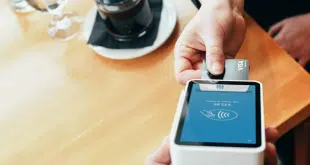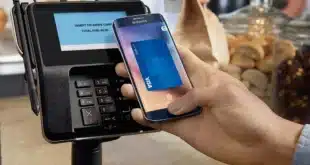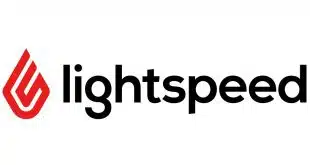The subject of vast amounts of hype, mobile payments are in fact becoming reality for many consumers. New findings from IDC Financial Insights show that 33.9% of consumers have made purchase on a mobile phone, up from only 19.3% in a similar survey last year.
Mobile payments will further penetrate the mainstream over the next year, although the growth rate probably won’t match the near doubling found in IDC’s eighth annual Consumer Payments Survey, according Aaron McPherson, practice director at the Framingham, Mass.-based research firm. “I think it could get up to 50% at the rate it’s growing,” McPherson tells Digital Transactions News. IDC obtained its findings from a representative panel of 2,663 Americans ages 18 and older in May.
No single type of mobile purchase dominates. Just over 70% of respondents who made a mobile purchase reported buying physical goods. About 65% bought digital goods, while a bit more than 60% bought online services. Just under half bought virtual currency.
“Our hypothesis going into the study was that mobile payments at the point of sale were much less common than purchases of digital goods or online services, but the results showed otherwise,” says McPherson. “This is good news for companies that are focused on working with brick-and-mortar merchants, such as LevelUp, PayPal, and Square.” Also, many physical purchases came from popular closed-loop mobile-payment services offered by Starbucks Corp. and other merchants, he adds.
The survey found PayPal Inc.’s PayPal Mobile to be the most popular mobile-payment service. Some 56% of respondents who had made a purchase with a mobile device used PayPal, which says it handled $4 billion in mobile payments last year.
“They don’t get as much press as Square or something like that, but they clearly are influential,” says McPherson. “They’ve been doing this for a while, so it makes sense that they’ve got penetration.”
Next were Amazon.com Inc.’s Amazon Payments, 41.2%; Apple Inc.’s iTunes (including the App Store), 39.8%; Google Wallet, 21.3%, and MasterCard Inc.’s MoneySend, 20.1%. (MasterCard recently said it is refocusing MoneySend in the U.S. on business-to-business payments.)
McPherson says IDC asked its panel about numerous other mobile-payment services, including Square Inc., but only the five listed above had anything more than very low penetration. Square came in at 6.1%. Many such services are new and operate in limited areas, and in some cases consumers had paid little attention to or didn’t understand which services they had actually used, according to IDC.
Dedicated applications, or apps, led in technological popularity in IDC’s survey, although three other modes were nearly as popular. Almost half of the respondents who had made a mobile purchase at the physical point of sale used an app, a few percentage points more than those reporting using mobile browsers. About 35% used text messaging. Just over 40% had made a contactless purchase with a mobile device.
McPherson says he found the contactless share surprising because it implies the usage of mobile phones with near-field communication (NFC) technology, even though only a very few phones in the U.S. have NFC chips. Part of the high reported contactless usage could reflect an overlapping in consumers’ minds of mobile phones and contactless payment cards, or respondents’ confusion with the terminology, he says.
In any case, the popularity of all four technologies indicates consumers haven’t picked a favorite, which means providers will need to support all of them, according to IDC. While NFC will become more popular next year as Isis from three leading phone companies and Google Inc.’s Google Wallet ramp up, McPherson doesn’t believe NFC will ever dominate the other modes. “There are simply too many dependencies (on mobile operators, handset manufacturers, consumers, and merchants) to allow NFC to outpace alternative technologies with fewer dependencies,” the report says.
Other findings:
–Electronic bill presentment and payment (EBPP) is now used by 73.5% of consumers. Some 62.9% of respondents said they had used a biller-direct Web site in the past three months and 54.5% had used a consolidator bill-pay site, typically a bank’s. Adoption of EBPP, however, was little changed from 2011 after steady growth in earlier years. IDC predicts adoption could break the 75% barrier as new services such as EBIDS from automated clearing house governing body NACHA and Pitney Bowes Inc.’s Volly gain acceptance.
–Open-loop prepaid cards, those with the brand of a major payment card network, are now neck-and-neck in popularity with their older cousins, closed-loop cards good at single merchants, with about 40% of respondents saying they had used one or the other in the preceding three months.





